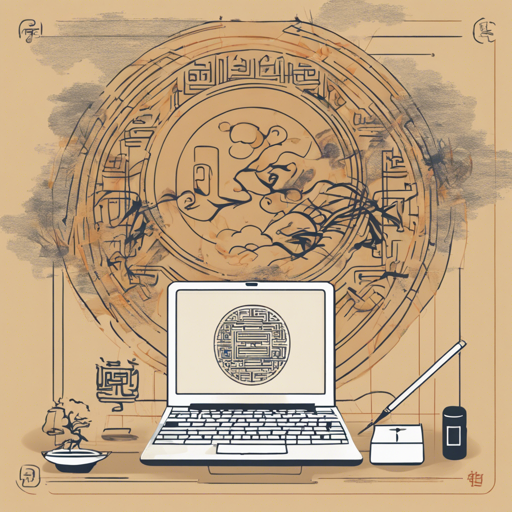In the realm of Natural Language Processing (NLP) for classical languages, RoBERTa stands out as a powerful model. Specifically, the roberta-classical-chinese-base-upos model is fine-tuned for Part-of-Speech (POS) tagging and dependency parsing of Classical Chinese texts. In this guide, we’ll explore how to utilize this model effectively, understanding the intricate beauty of Classical Chinese language through technology.
Model Overview
The roberta-classical-chinese-base-upos model has been pre-trained on Classical Chinese literature and supports tagging each word with the Universal Part-Of-Speech (UPOS) and Features (FEATS). This model is derived from the excellent work by roberta-classical-chinese-base-char.
Using the Model
To start using the roberta-classical-chinese-base-upos model, you’ll need to set it up in your Python environment. Follow these steps:
- Installation: Make sure you have the Transformers library installed. You can do this via pip.
- Importing Required Libraries: Use the following code to import the necessary modules.
from transformers import AutoTokenizer, AutoModelForTokenClassification- Loading Tokenizer and Model: Initialize the tokenizer and model using the provided code snippet.
tokenizer = AutoTokenizer.from_pretrained("KoichiYasuoka/roberta-classical-chinese-base-upos")
model = AutoModelForTokenClassification.from_pretrained("KoichiYasuoka/roberta-classical-chinese-base-upos")Understanding the Example Text
Let’s dive into an analogy to understand how this model works. Imagine you’re a librarian in an ancient Chinese library. Each scroll contains an array of characters. As a librarian, your task is to categorize these characters (words) into their respective genres and themes (POS tagging). Just like you would note specifics about each scroll—like the author, genre, and content—this model does the same for words in the input text.
For example, consider the text:
子曰學而時習之不亦説乎有朋自遠方來不亦樂乎人不知而不慍不亦君子乎Here, each word is classified using UPOS, helping you to decipher the scroll in a more structured manner. This model provides context and meaning, just like your expertise as a librarian helps enrich the understanding of ancient literature.
Troubleshooting
If you encounter any issues while using the roberta-classical-chinese-base-upos model, consider the following troubleshooting steps:
- Ensure that your Python environment has the necessary libraries installed, particularly Transformers and torch.
- Double-check that you have the correct model name string in your loading function.
- Verify internet connectivity to download the pre-trained model and tokenizer.
- If you receive errors related to memory, try reducing the size of your input text or using a machine with higher specifications.
For more insights, updates, or to collaborate on AI development projects, stay connected with fxis.ai.
Further Resources
For additional information, consider exploring the following references:
- Koichi Yasuoka: Universal Dependencies Treebank of the Four Books in Classical Chinese
- esupar: Tokenizer POS-tagger and Dependency-parser with BERT, RoBERTa, DeBERTa models
Conclusion
At fxis.ai, we believe that such advancements are crucial for the future of AI, as they enable more comprehensive and effective solutions. Our team is continually exploring new methodologies to push the envelope in artificial intelligence, ensuring that our clients benefit from the latest technological innovations.

